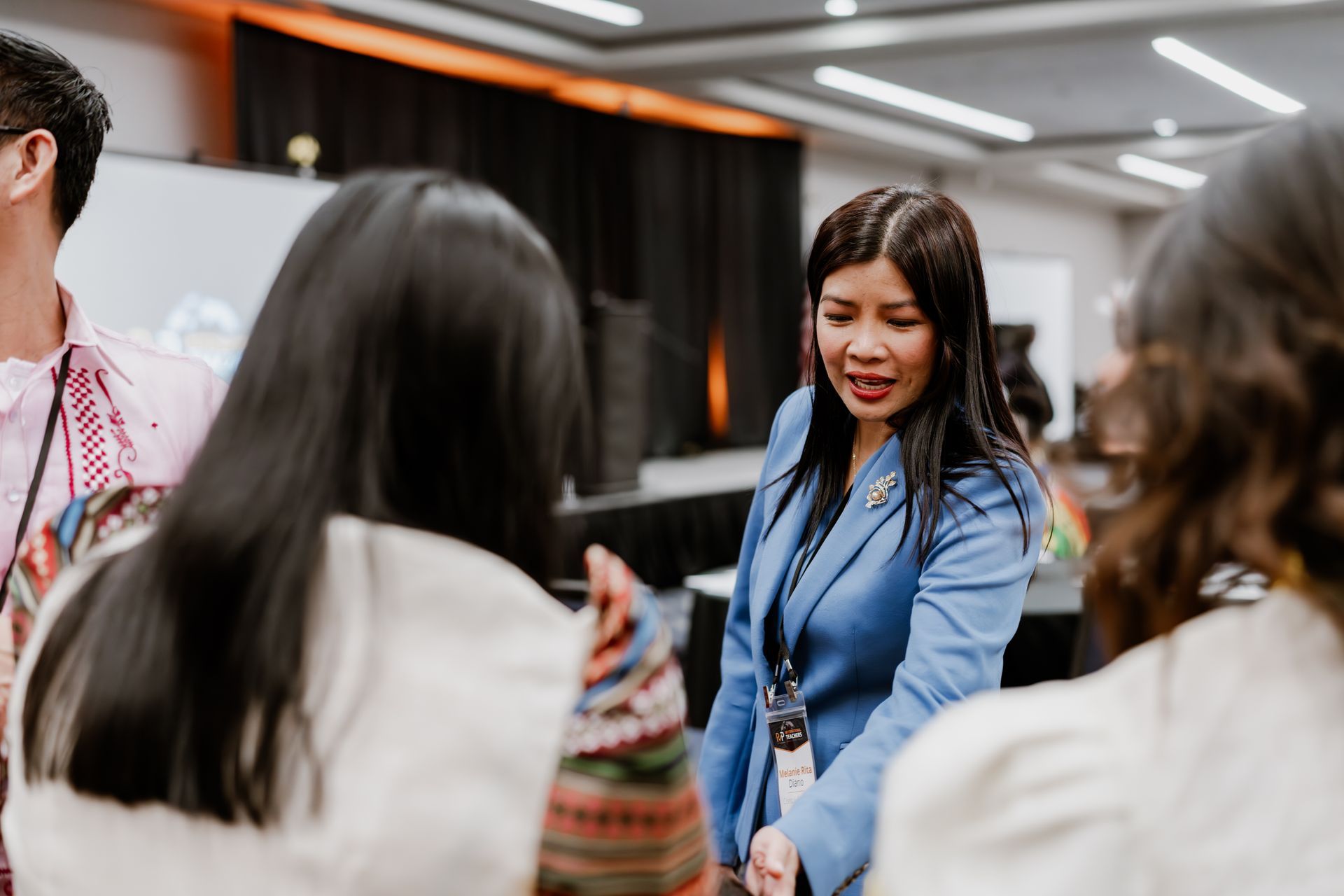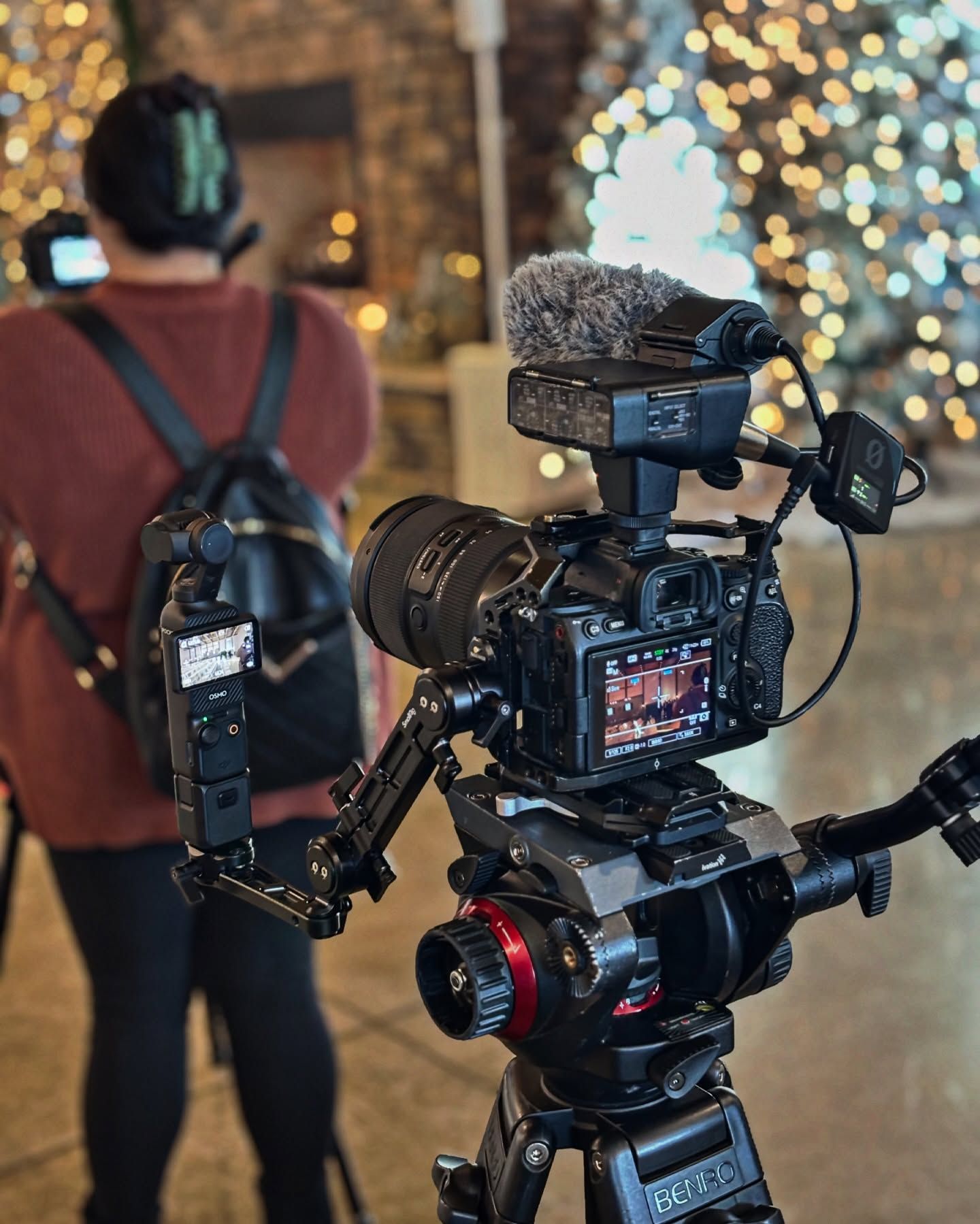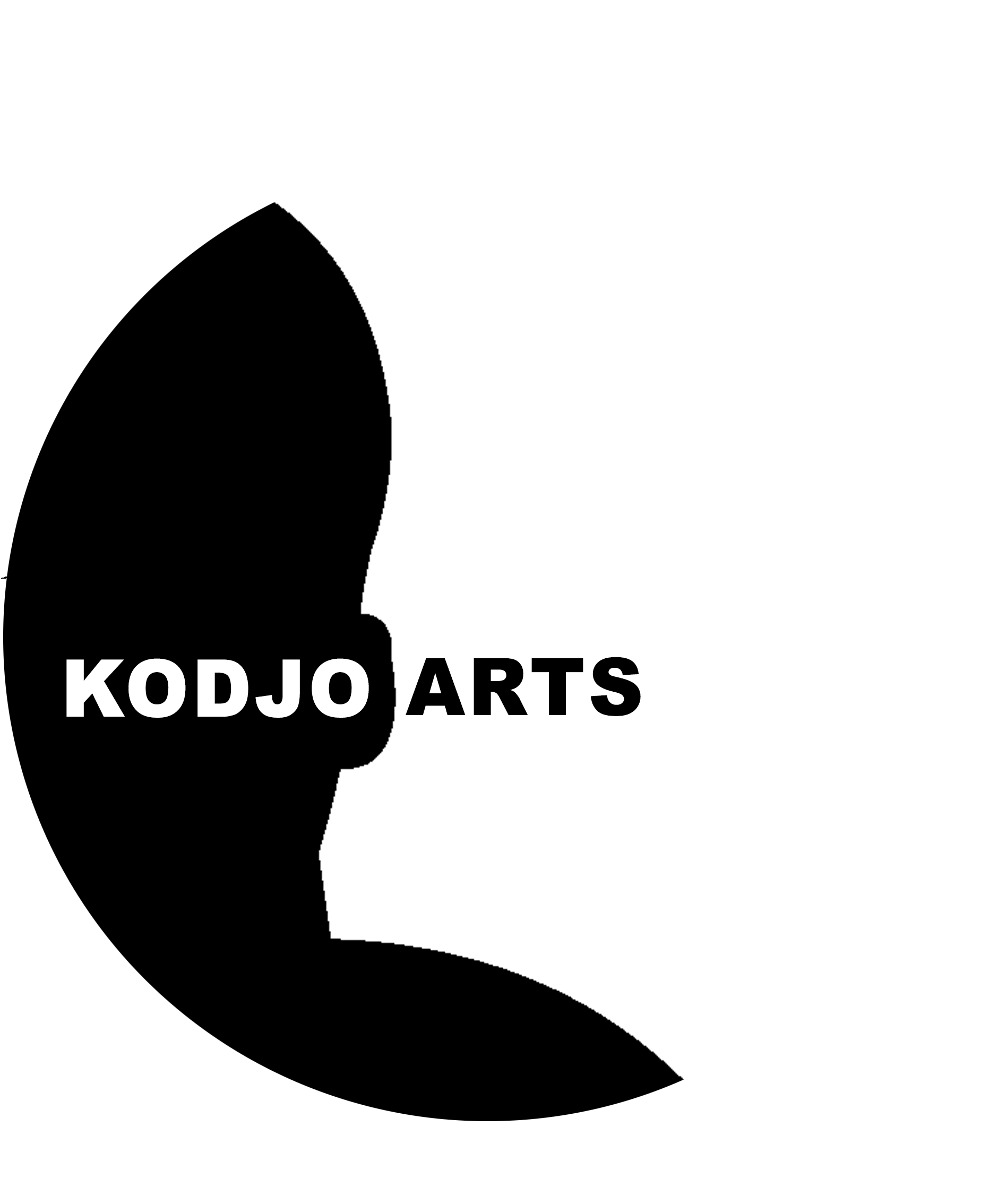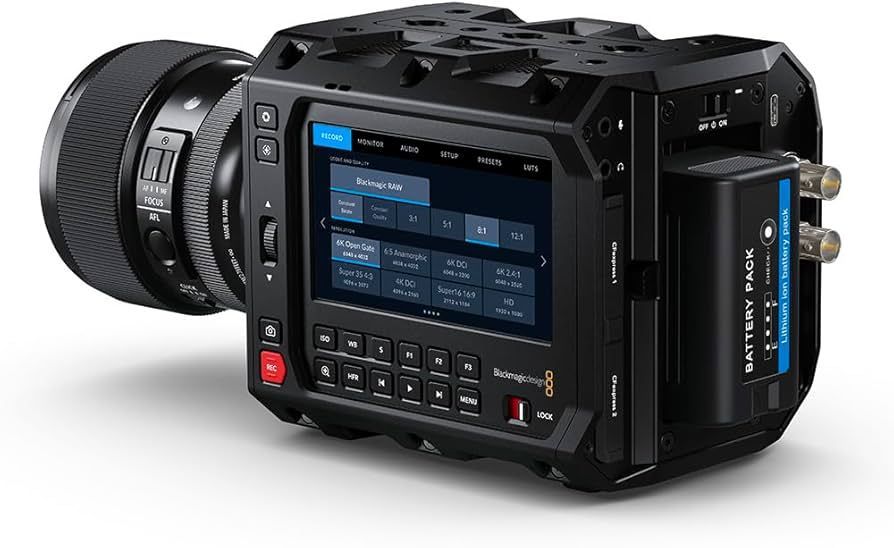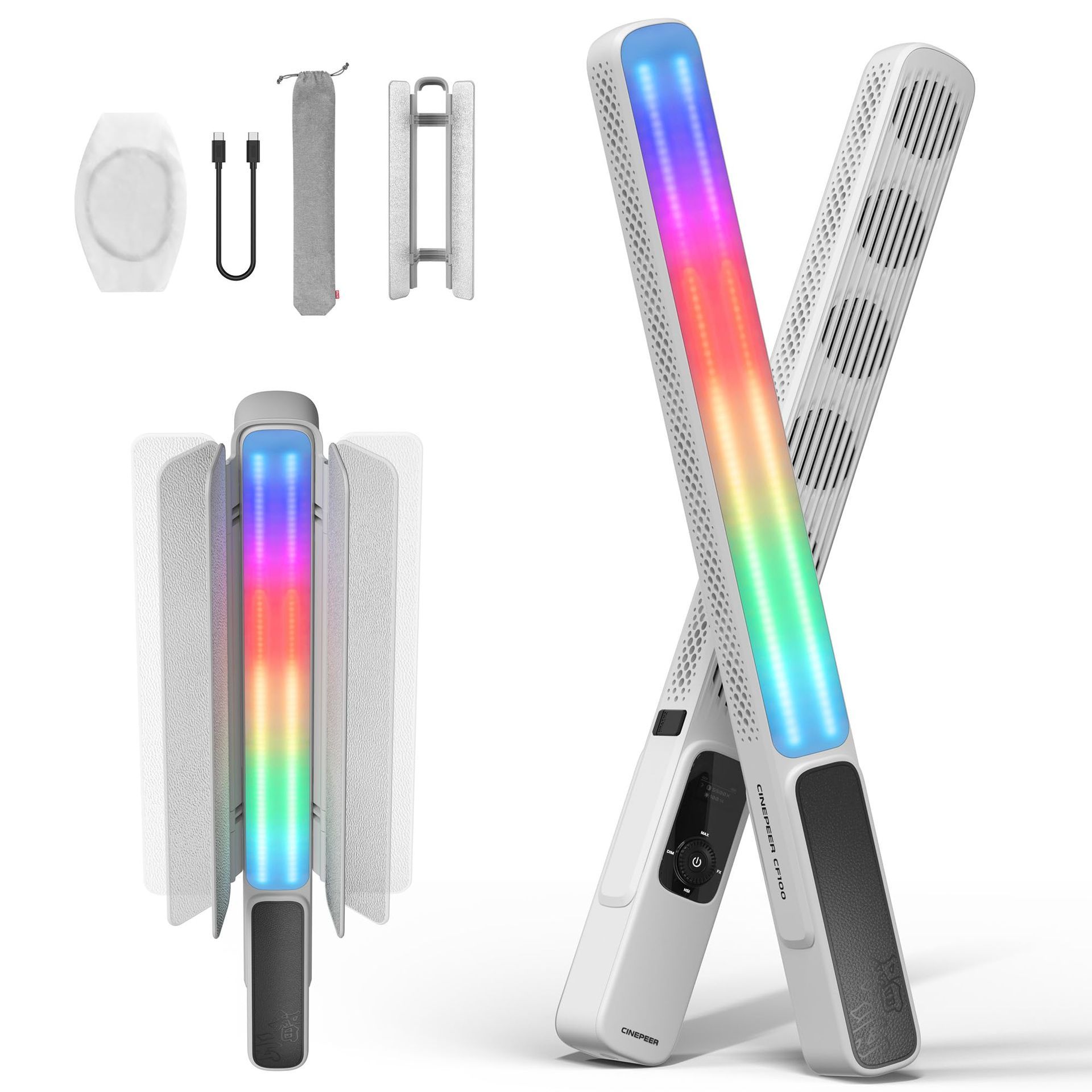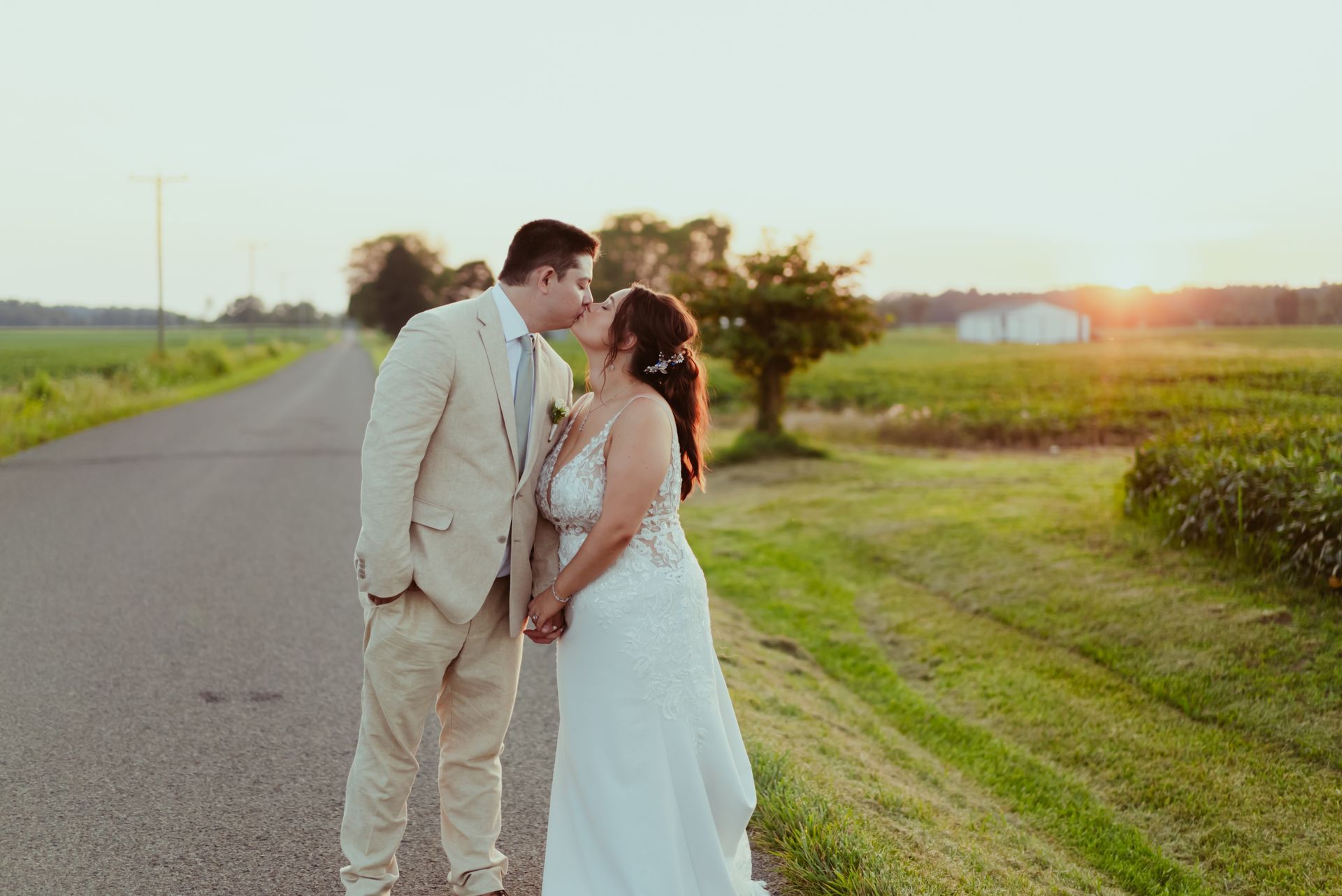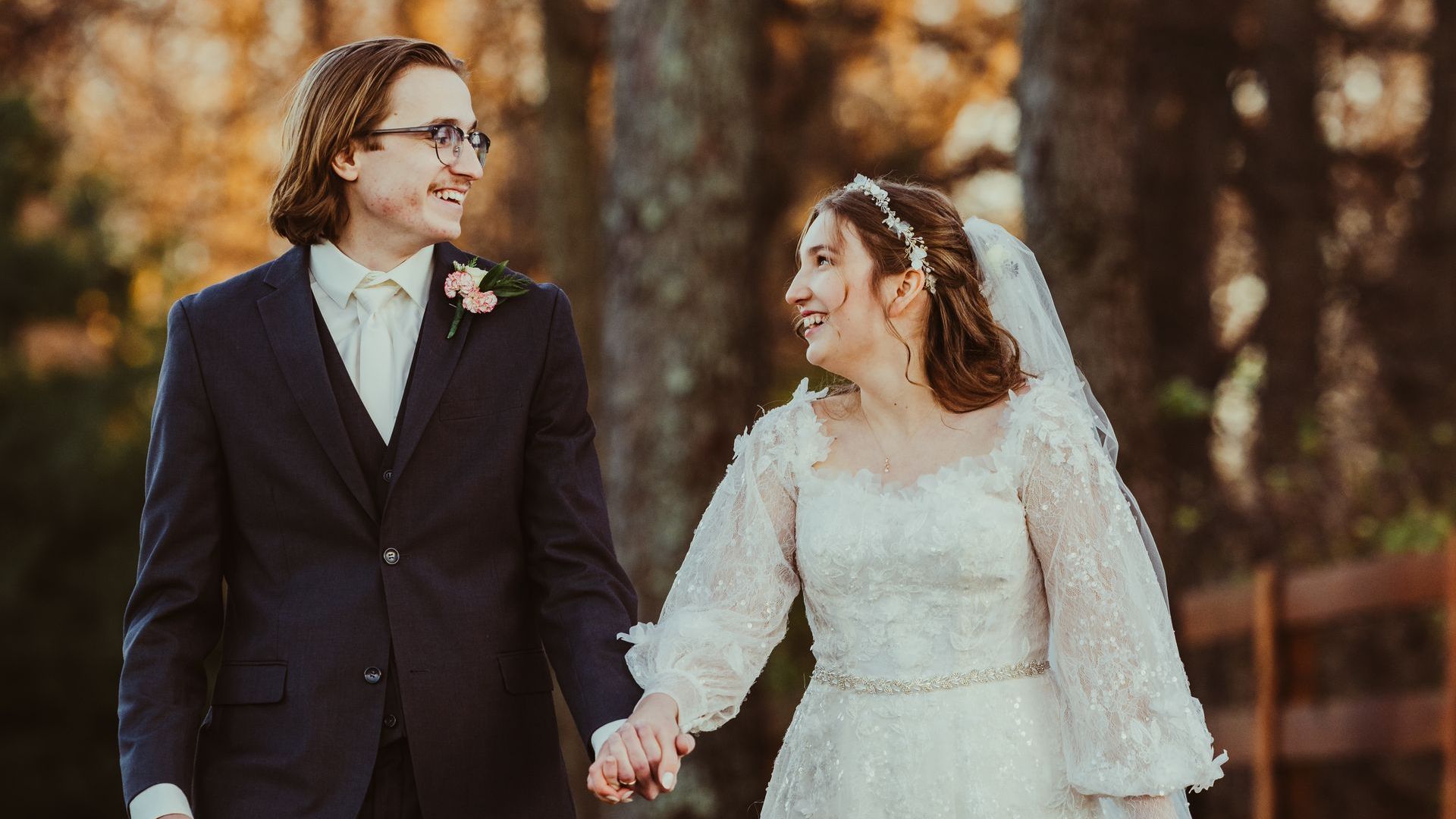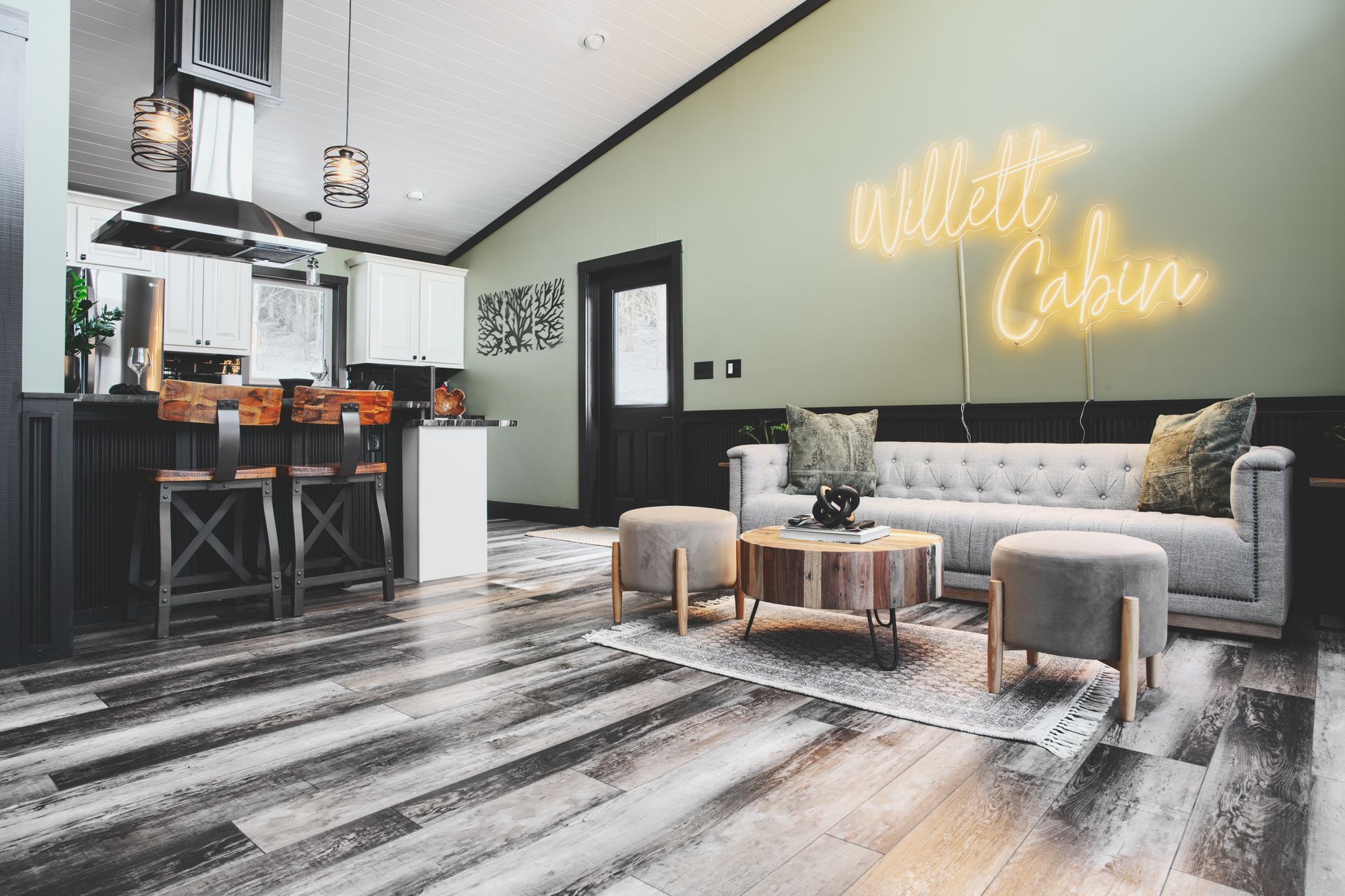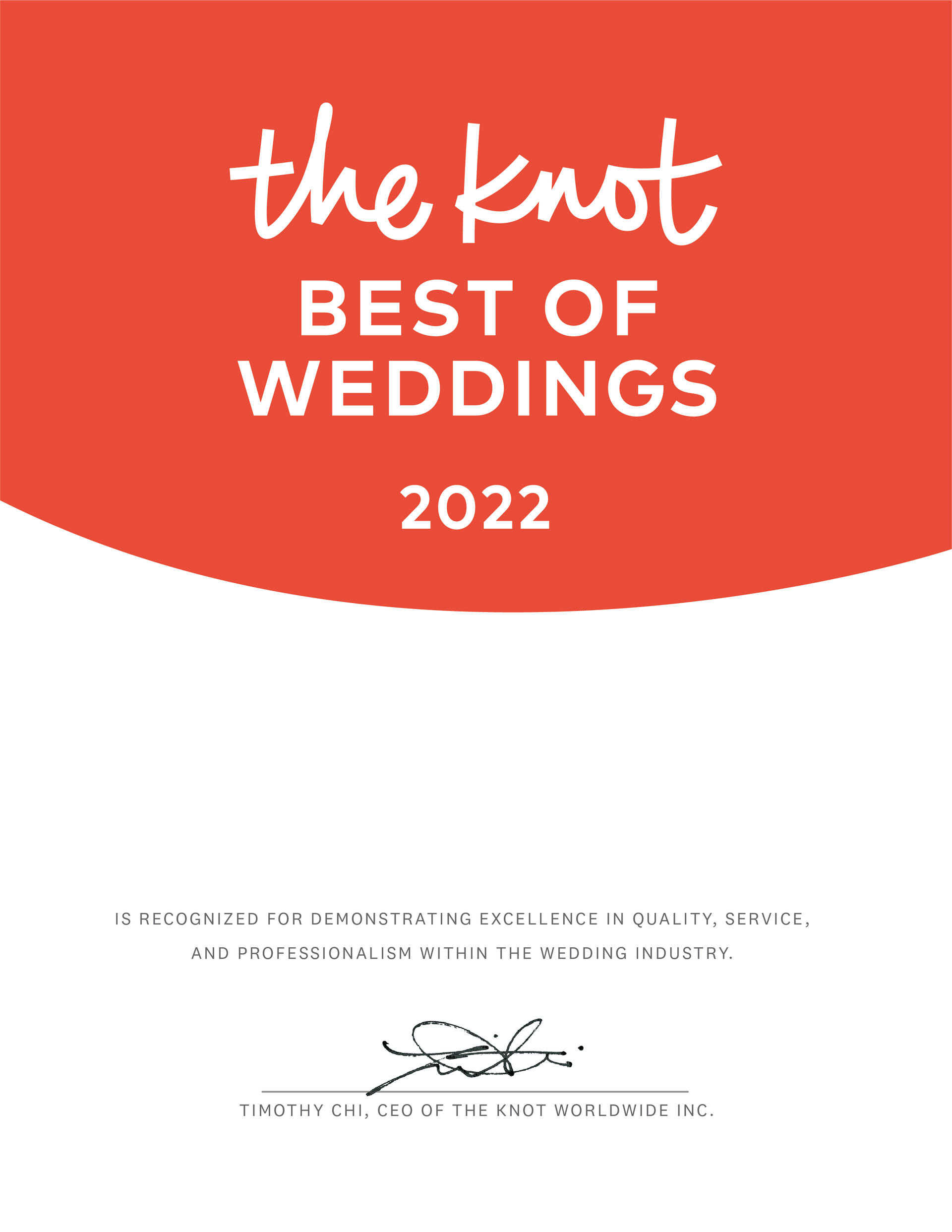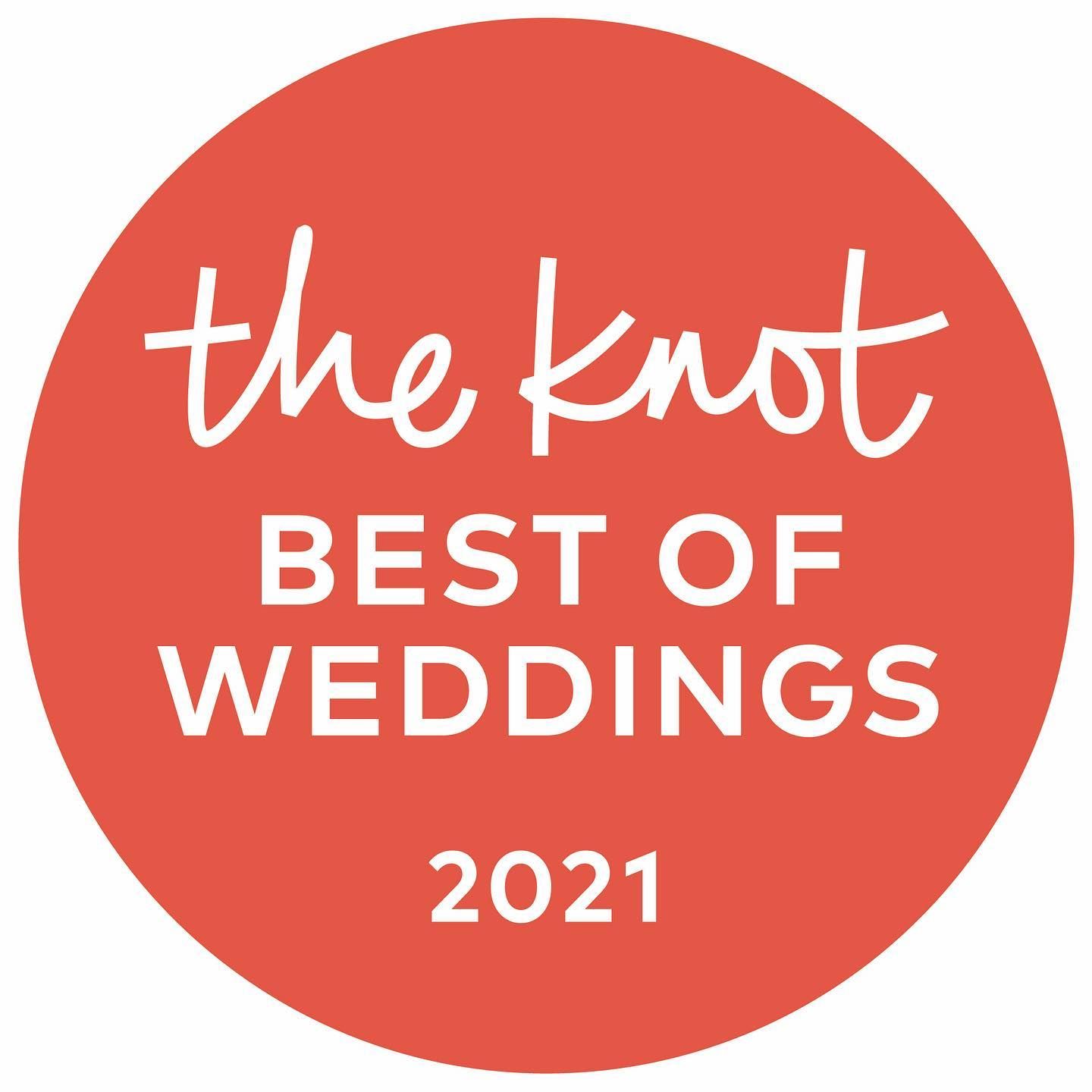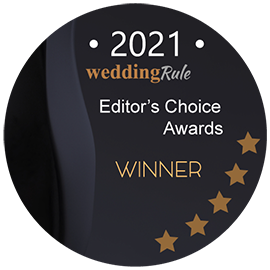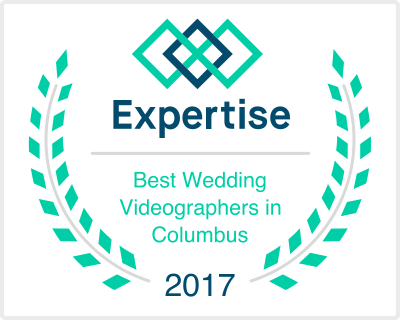How to Shoot Event Videos That Make Brands Stand Out: Expert Tips
Did you know that 91% of consumers actively want to see more video content? But here's the thing - with attention spans averaging just 8 seconds, creating compelling event videography that captures and holds viewer interest isn't easy.
In fact, videos packed with genuine emotions are twice as likely to go viral. That's why professional event video coverage has become crucial for brand success. We've seen this firsthand - companies like Fixated Events generated $92,845 in registrations simply by promoting their event videos on Facebook.
Whether you're new to corporate event videography or looking to enhance your existing services, this guide will show you exactly how to create powerful event videos that make brands truly stand out. Let's dive into the essential techniques and equipment you need to capture those perfect moments.
Plan Your Event Video Strategy
Successful event videography starts with meticulous planning and a clear strategy. Before picking up your camera, focus on developing a solid foundation that aligns with your brand's objectives.
Define your brand message
Brand messaging shapes how people perceive your company and creates standardized communication patterns. Your event video should reflect your brand's core values and identity consistently across all platforms.
Start by identifying your value proposition - what makes your brand unique and what you want to convey to your audience. This forms the basis of your communication strategy. Additionally, establish clear communication guidelines, including:
- Recommended terminology and phrases
- Specific tone of voice for your audience
- Value propositions to emphasize
- Pronunciation standards for products or services
Choose the right event moments to capture
Understanding your event schedule thoroughly is crucial for capturing the right moments. Furthermore, create a detailed shot list that includes keynote speeches, audience reactions, and networking sessions.
Consider coordinating with other vendors, specifically photographers and event coordinators, to ensure comprehensive coverage. Moreover, allocate time for capturing candid moments that add authenticity to your video - these unplanned shots often create the most engaging content.
Plan your camera positions in advance for each significant part of the event. Consequently, factor in buffer time since events rarely stick to exact schedules. This flexibility ensures you don't miss critical moments when timings shift.
Remember to capture a mix of wide shots and close-ups to provide a comprehensive view of the event. Primarily focus on moments that showcase your brand's active role in the industry and reflect its dynamism.

Essential Equipment Setup
Professional event videography demands reliable equipment that delivers consistent results. Primarily, your gear selection determines the quality of your final output.
Camera and lens selection
The foundation of quality event video coverage starts with selecting the right camera. DSLR and mirrorless cameras offer excellent balance between quality and affordability. The Sony A7SIII stands out for its 4K capability at 120fps, while the Canon EOS R5 provides 8K video recording at USD 3,900.
For lenses, a versatile 24-70mm f/2.8 serves as your primary lens, particularly for capturing wide venue shots and intimate moments. Alternatively, the 70-200mm f/2.8 excels at recording speaker presentations from a distance without disturbing the event flow.
Audio recording gear
Clear audio makes or breaks event videos. A shotgun microphone mounted on a boom pole captures directional sound effectively. For speaker presentations, wireless lavalier microphones ensure discrete audio recording while keeping the equipment invisible to viewers.
Lighting equipment basics
Professional lighting transforms ordinary footage into cinematic masterpieces. The three-point lighting setup serves as the cornerstone of event videography. This arrangement includes:
- Key light: Position at 45 degrees from the camera as your primary light source
- Fill light: Place opposite to key light to eliminate shadows
- Back light: Set behind the subject to create depth and separation from the background
Therefore, investing in LED panels proves beneficial as they offer energy efficiency and produce less heat. The Aputure 300d II functions excellently as a key light, notably when paired with the Aputure Amaran 200x for fill lighting.

Capture Key Event Moments
Live events pulse with undeniable energy that demands skillful video capture. Subsequently, mastering the art of recording key moments ensures your brand story resonates with viewers.
Opening sequences
Establishing shots set the tone for your event video. Position cameras strategically to capture wide venue shots and creative angles. Rather than random filming, focus on capturing the venue's atmosphere and initial crowd excitement. During setup, ensure your cameras can handle varying light conditions to maintain consistent quality.
Speaker highlights
Primarily focus on keynote presentations and panel discussions. Position cameras at optimal angles to capture speakers' expressions and gestures without disrupting the event flow. Alternatively, incorporate switched feed techniques - mixing live room shots with presentation screen content. This approach adds depth to speaker coverage while maintaining viewer engagement.
Audience reactions
Authentic audience responses bring event videos to life. Essentially, capture these key moments:
- Spontaneous laughter and applause during presentations
- Emotional reactions to keynote speeches
- Candid networking conversations
- Behind-the-scenes interactions
For superior audio quality, position directional microphones toward the crowd to capture genuine reactions while minimizing PA system interference.
Brand elements
Brand visibility throughout your video strengthens corporate identity. Although subtle, ensure consistent placement of logos and brand colors in your shots. Record product displays, sponsor banners, and branded event materials to reinforce company messaging. This footage serves as valuable marketing content for future promotions.
Remember to maintain backup recordings of both audio and video streams. This redundancy safeguards against technical issues and ensures you capture every significant moment of your event.
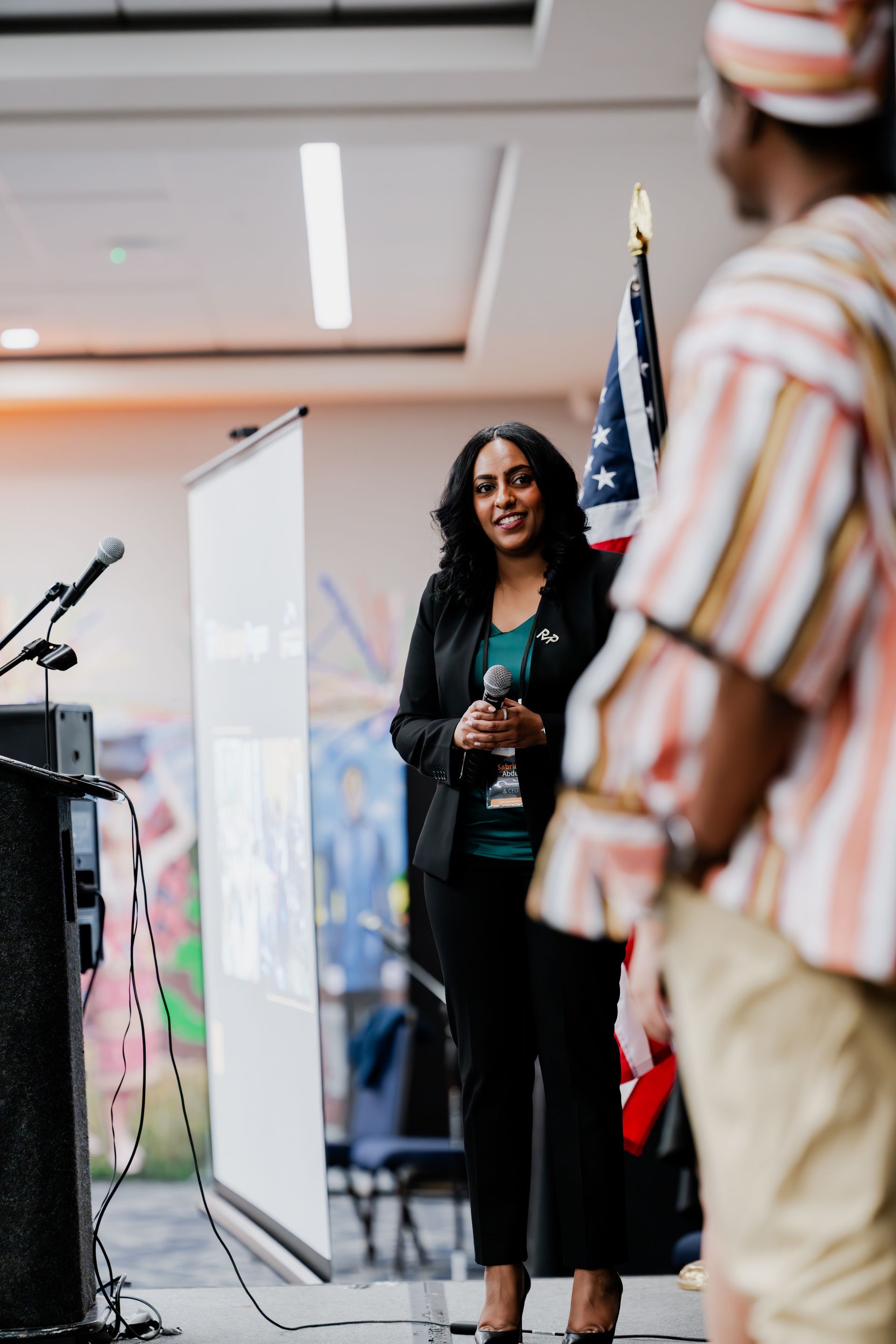
Edit for Maximum Impact
Post-production transforms raw event footage into compelling brand stories. Accordingly, mastering editing techniques ensures your videos captivate viewers while delivering clear messages.
Structure your story
Purposeful editing decisions shape raw clips into seamless narratives. Begin by removing subpar takes and awkward moments to maintain professional quality. Primarily focus on creating a narrative arc that guides viewers through the event's journey.
For maximum engagement, structure your content around these key editing elements:
- Hook viewers with attention-grabbing opening sequences
- Build momentum through strategic pacing adjustments
- Layer music and sound effects to heighten emotional impact
- Create breathing room through intentional pauses
- Incorporate dynamic transitions between scenes
Alternatively, consider cutting in animated graphics or title cards to delineate chapter transitions, ensuring smooth narrative flow between storylines. Simultaneously, carefully layered music and sound effects play vital roles in heightening drama during pivotal scenes.
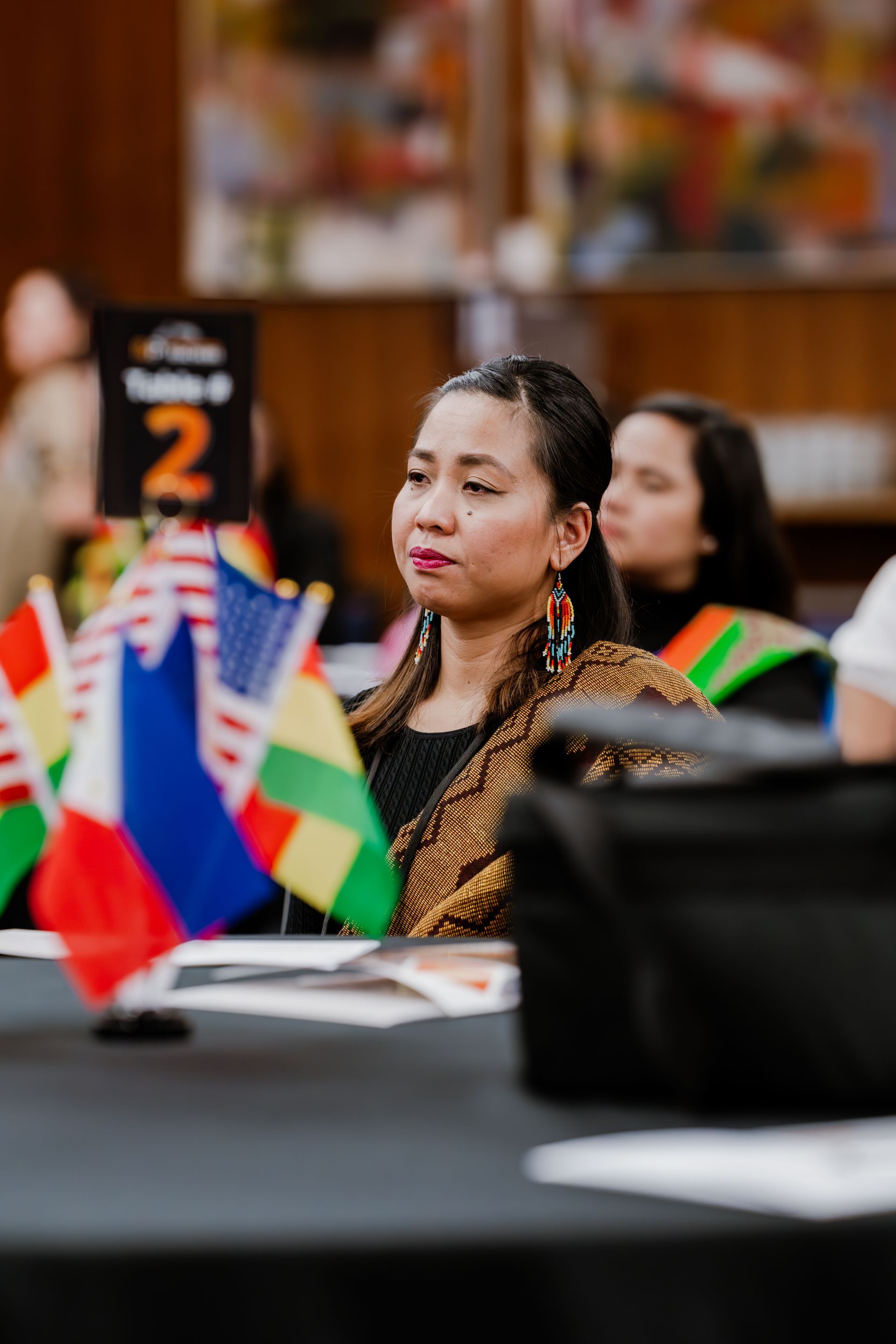
Add brand elements
Strong branding elements seamlessly woven throughout your video reinforce corporate identity. Color grading transforms ordinary footage into visually striking content that aligns with your brand palette. Nonetheless, maintain balance - highly saturated colors might overwhelm viewers.
Strategic placement of logos, brand colors, and visual elements throughout the video strengthens recognition. Consider incorporating subtle branded elements like lower thirds, transitions, or watermarks that complement rather than distract from the main content.
Sound design further amplifies your brand presence. Voice-overs can bridge gaps where footage needs context, while carefully selected music tracks establish the right emotional tone. Remember to maintain consistency in audio branding elements across all promotional materials.
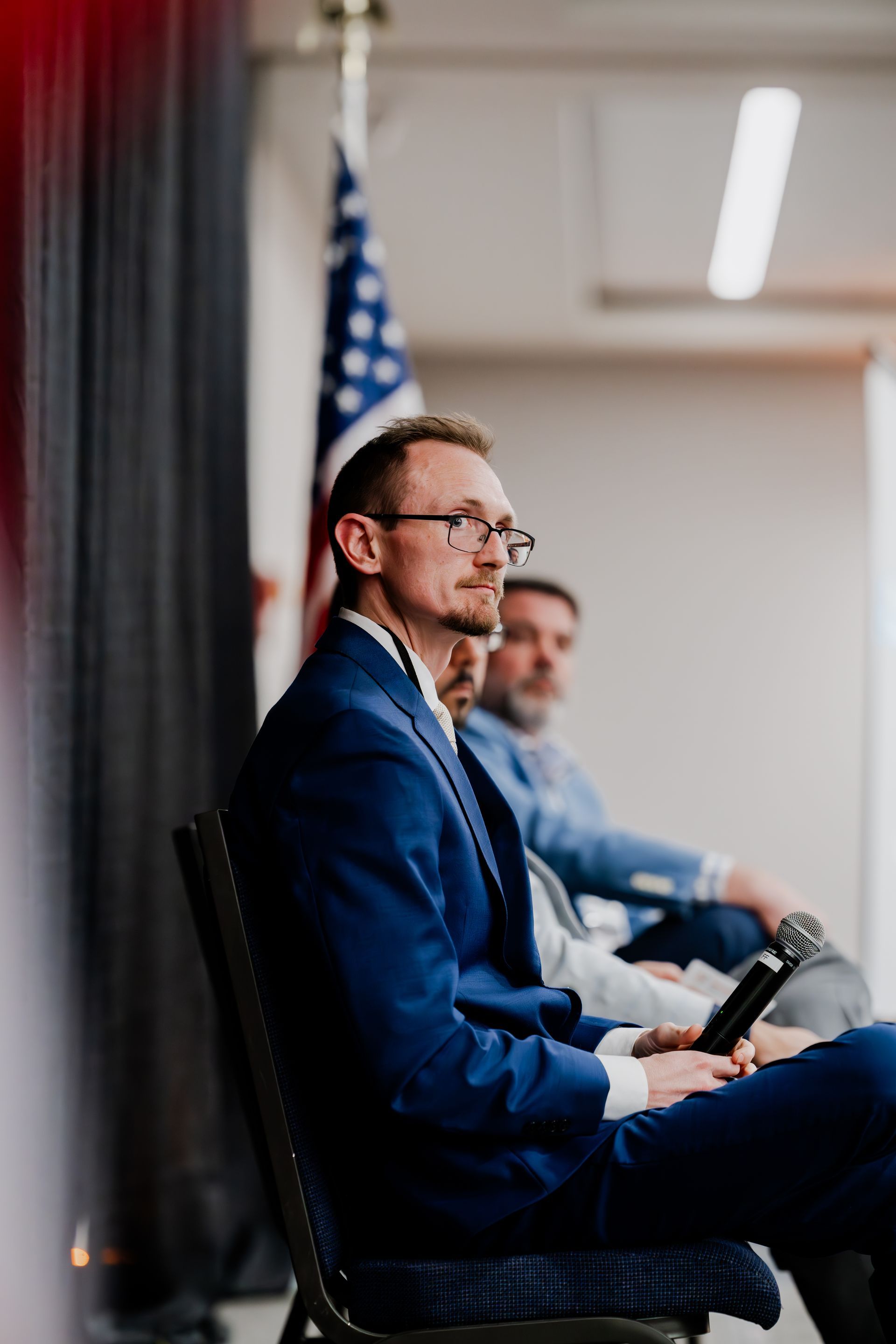
Conclusion
Professional event videography stands as a powerful tool for brand storytelling. Through careful planning, proper equipment selection, and skilled execution, your event videos can create lasting impressions that resonate with viewers.
Most importantly, remember that successful event videos blend technical excellence with authentic emotional moments. Your equipment choices, from cameras to lighting setups, should support rather than overshadow the natural flow of events. Additionally, thoughtful editing transforms raw footage into compelling narratives that align with your brand identity.
The difference between average and outstanding event videos often lies in attention to detail. Strategic shot planning, clear audio capture, and consistent brand elements throughout the final edit ensure your videos achieve their intended impact.
After implementing these techniques, expect your event videos to deliver stronger engagement and better represent your brand's unique value. Keep experimenting with different approaches while maintaining focus on authentic storytelling - this balance will help your brand truly stand out in today's video-driven marketplace.
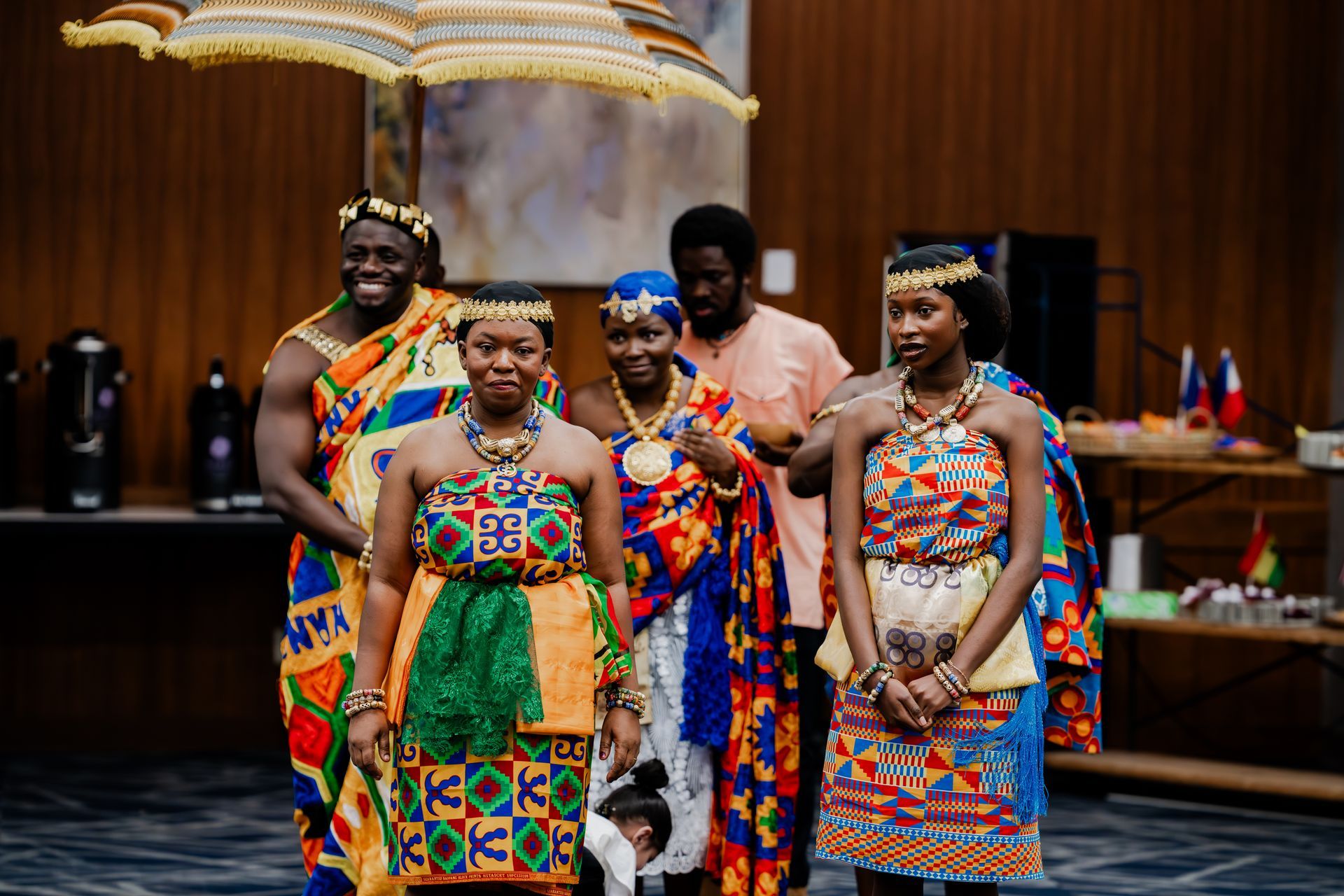
FAQs
Q1. What equipment is essential for shooting high-quality event videos?
For professional event videography, you'll need a good camera (like a DSLR or mirrorless), versatile lenses (24-70mm and 70-200mm), quality audio gear (shotgun and lavalier microphones), and basic lighting equipment (LED panels for a three-point lighting setup).
Q2. How can I make my event videos more engaging?
To create engaging event videos, focus on storytelling, capture authentic moments, use a mix of wide shots and close-ups, incorporate brand elements subtly, and edit for maximum impact. Also, keep your videos concise and use attention-grabbing opening sequences.
Q3. What are some key moments to capture during an event?
Important moments to capture include opening sequences, speaker highlights, audience reactions, and brand elements. Be sure to record the venue's atmosphere, keynote presentations, panel discussions, spontaneous audience responses, and networking interactions.
Q4. How can I effectively incorporate branding into my event videos?
Integrate branding by consistently placing logos and brand colors in your shots, recording product displays and sponsor banners, and using color grading in post-production to align with your brand palette. Also, consider adding subtle branded elements like lower thirds or watermarks.
Q5. What editing techniques can enhance the impact of event videos?
To enhance impact during editing, focus on creating a narrative arc, remove subpar takes, use strategic pacing, layer music and sound effects, incorporate dynamic transitions, and add animated graphics or title cards. Also, consider using voice-overs to provide context where needed.
